Blogs
Mountaineering
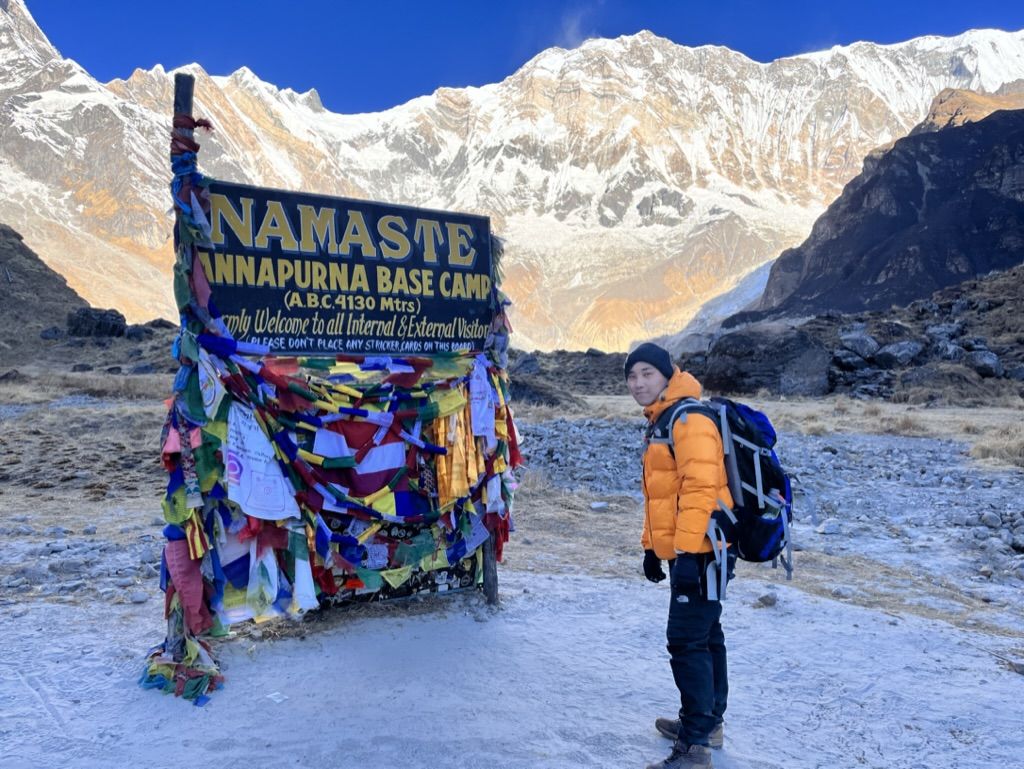
Getting to Annapurna Base Camp
Often overshadowed by its Everest cousin, the Annapurna Base Camp trek offers a strikingly different, yet eq…
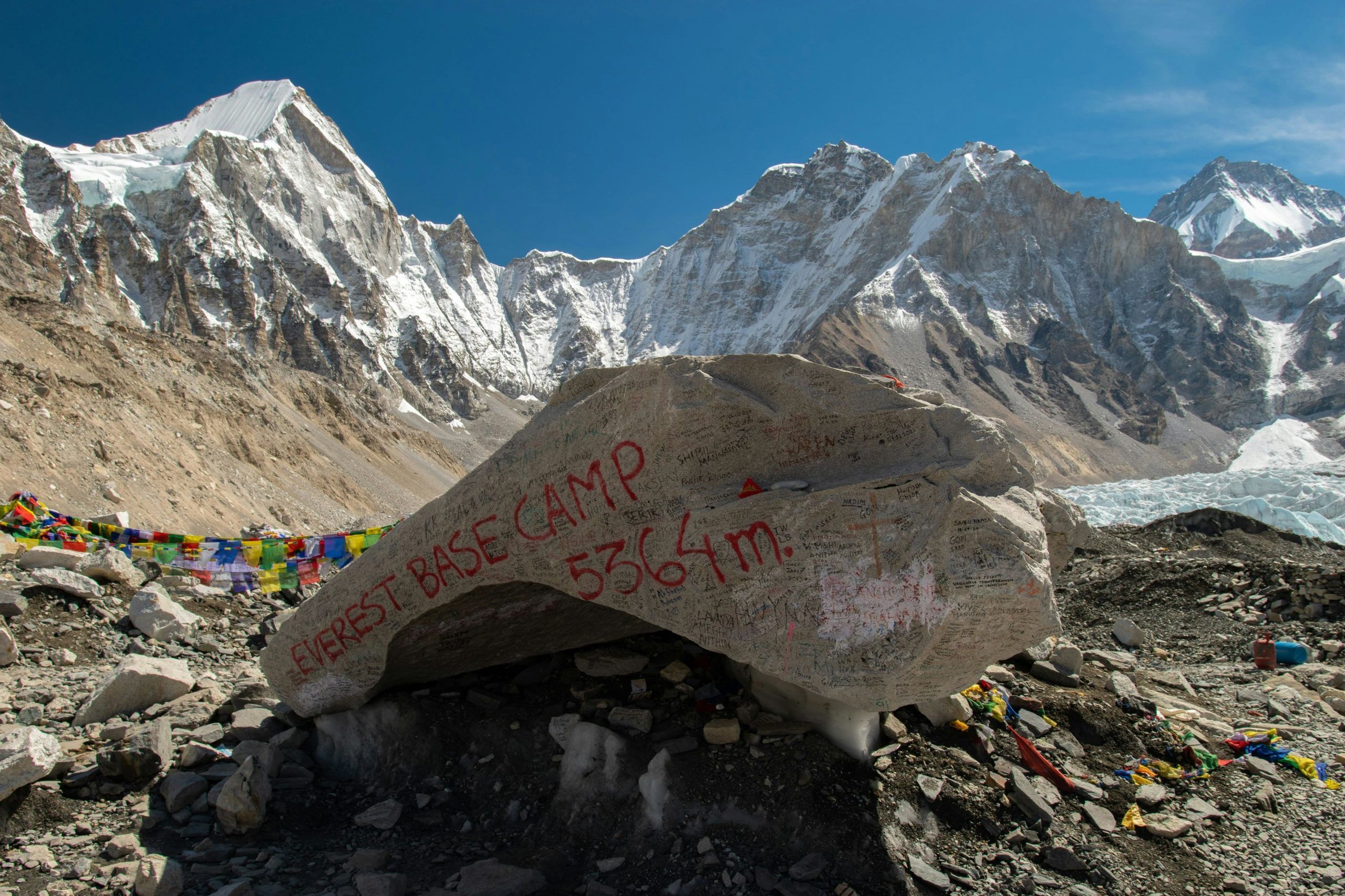
Getting to Everest Base Camp
Listed on countless bucket lists, it’s our turn to write about the world’s most famous trek. You’re guarante…
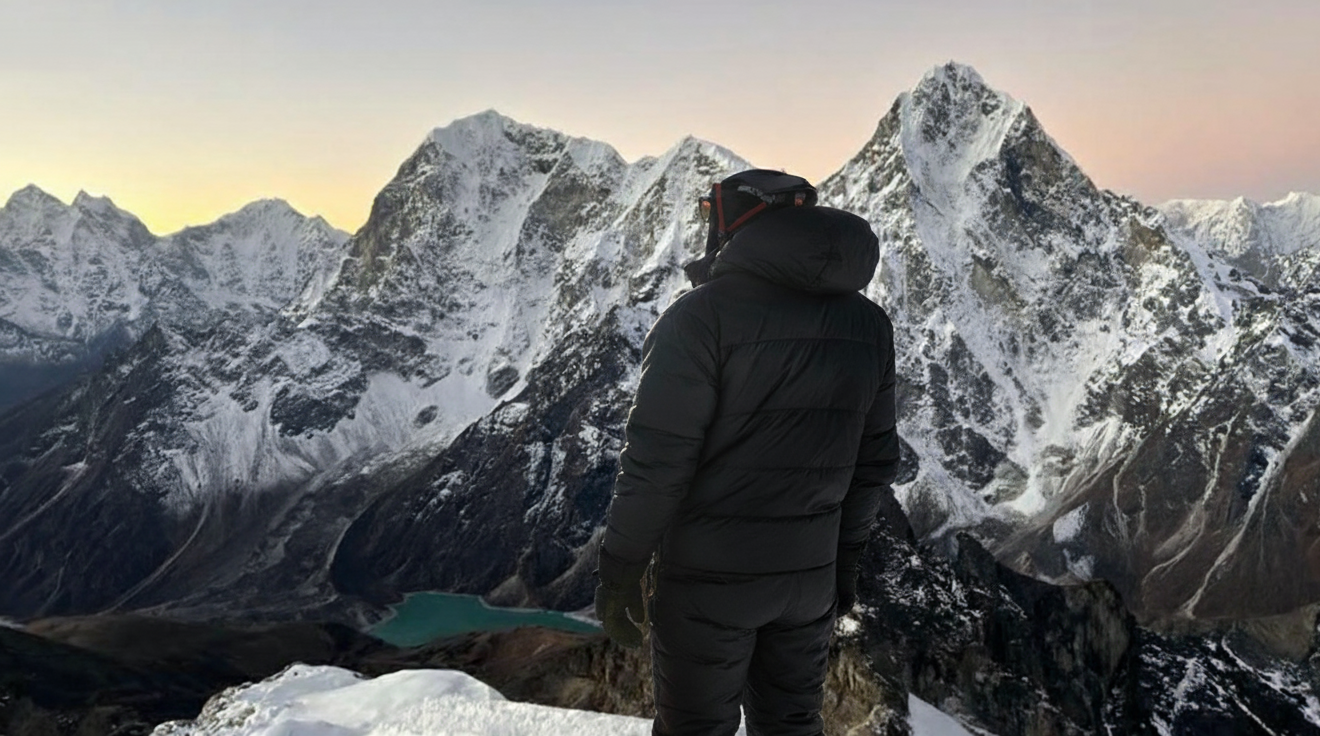
Conquer The Three Peaks
For aspiring mountaineers dreaming of towering Himalayan summits, the journey best begins with a deliber…

Essential Equipment for Technical Climbing
When ropes, harnesses, and specialized tools become essential, you’re stepping into the world of technical c…
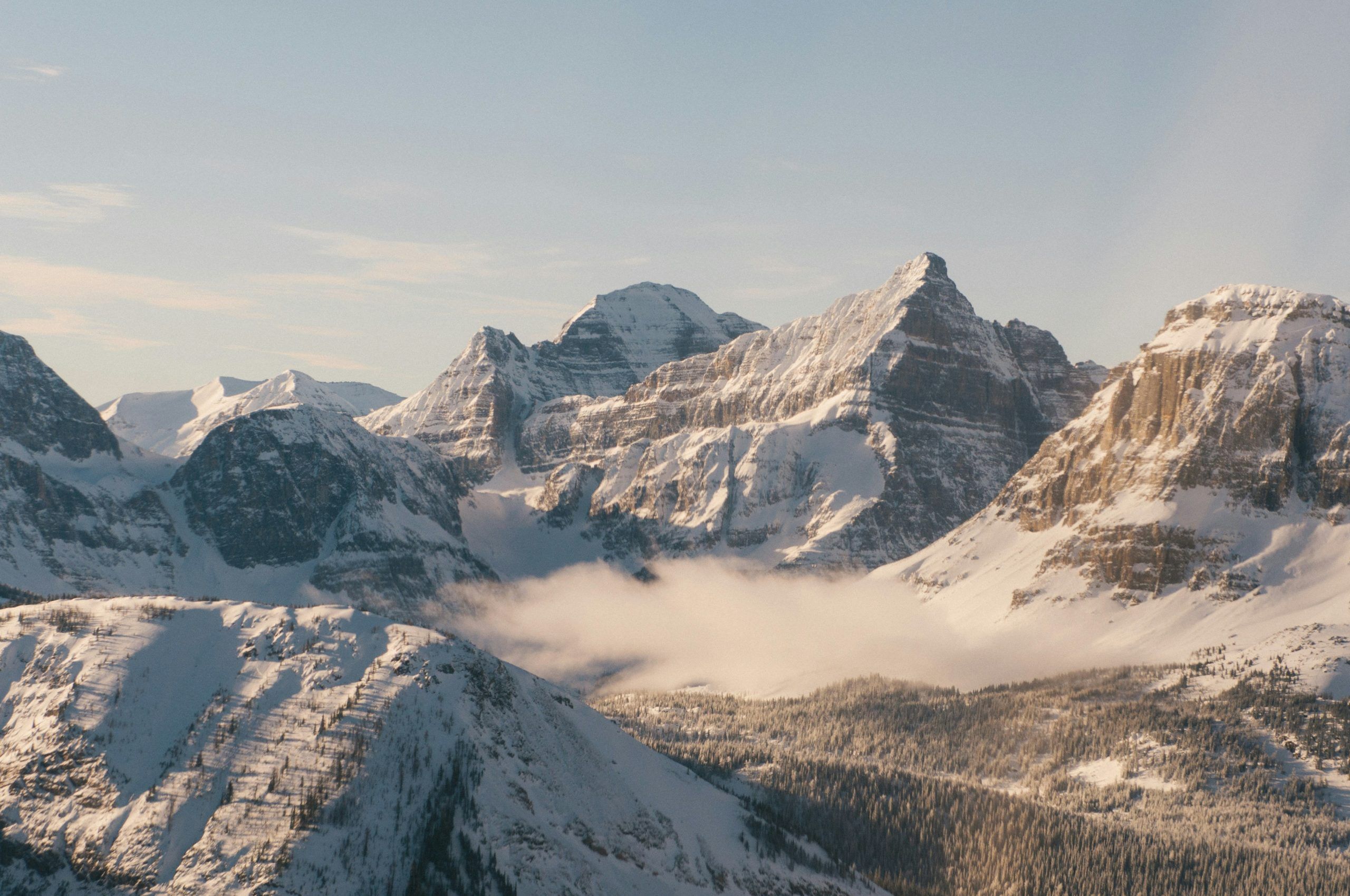
Hiking in Canada? We’ve got you covered
If you’re someone from North America who plans to trek the rugged trails of the Himalayas, Andes, Patagonia…
Best Trekking Brands 2025
So, you’ve decided to answer the call of the wild, and your next big adventure is a trek that promises breat…

Mont Blanc: Roof of the Alps
This snow, jagged peak is the quintessential challenge of the Alps. The highest in Western Europe, Mont Blan…

Aconcagua: the Stone Sentinel
Rising to a staggering 6,961m (22,838 ft), Aconcagua commands attention as the world’s highest mountain outs…
5 Most Dangerous Mountains in the World
For the intrepid climber, the call of the 8,000-meter peaks is an irresistible siren song. These fourteen “E…

Yala Peak: First Steps to Peak Climbing
The Langtang region of Nepal is nothing short of breathtaking, and nestled beneath the gaze of towering Hima…
Langtang Lirung: Langtang’s biggest challenge
Langtang Lirung, at 7234m (23,734 ft), stands as the highest peak in Nepal’s Langtang Himal range, a testame…
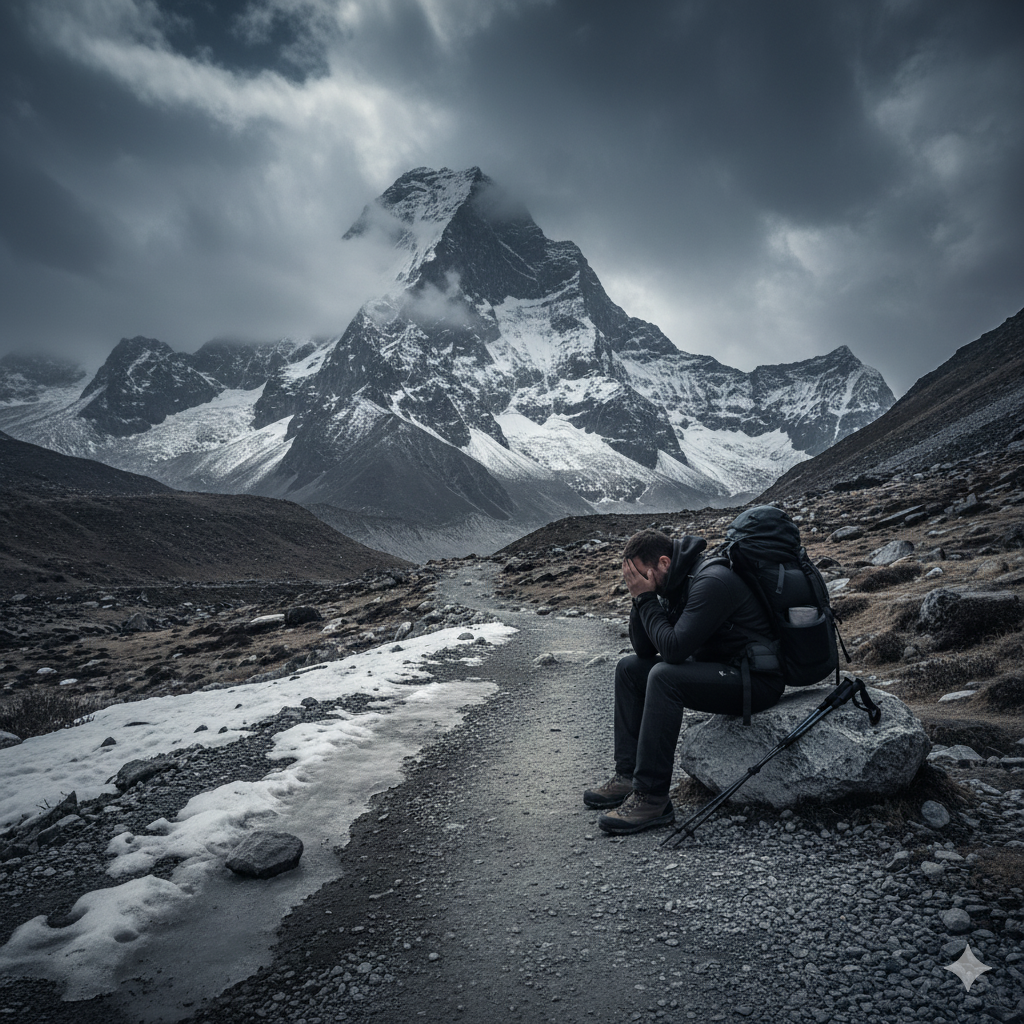
Failed Summit? Find Victory in the Journey
For many trekkers, the goal of reaching a summit represents the pinnacle of their adventure, from the mo…